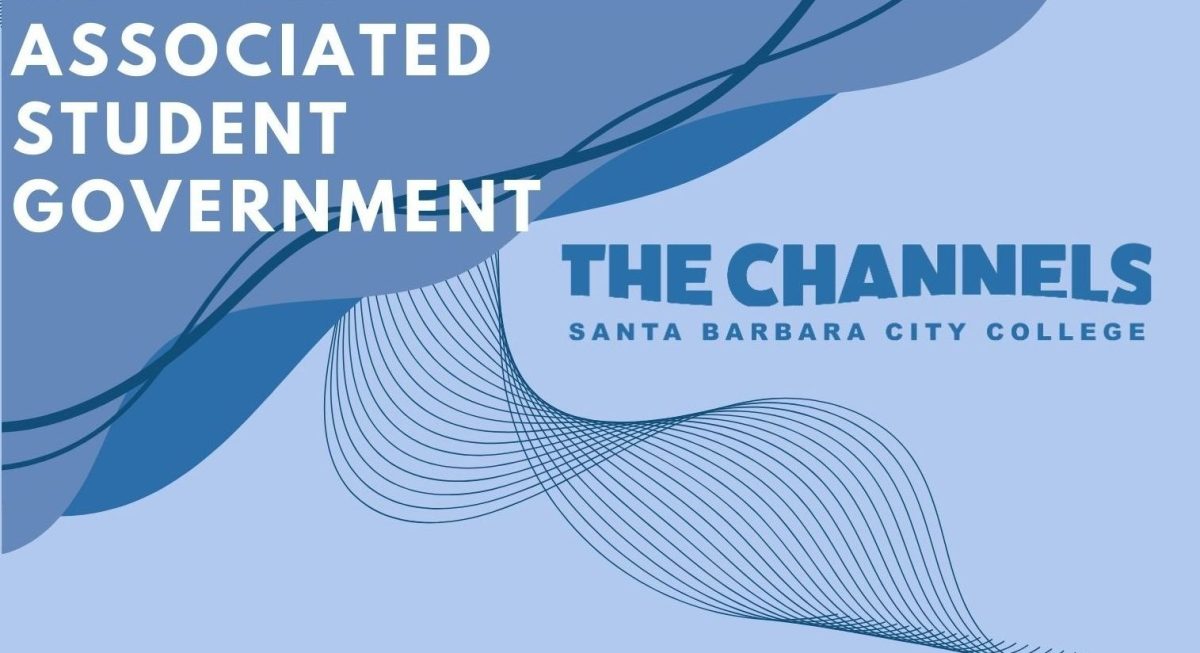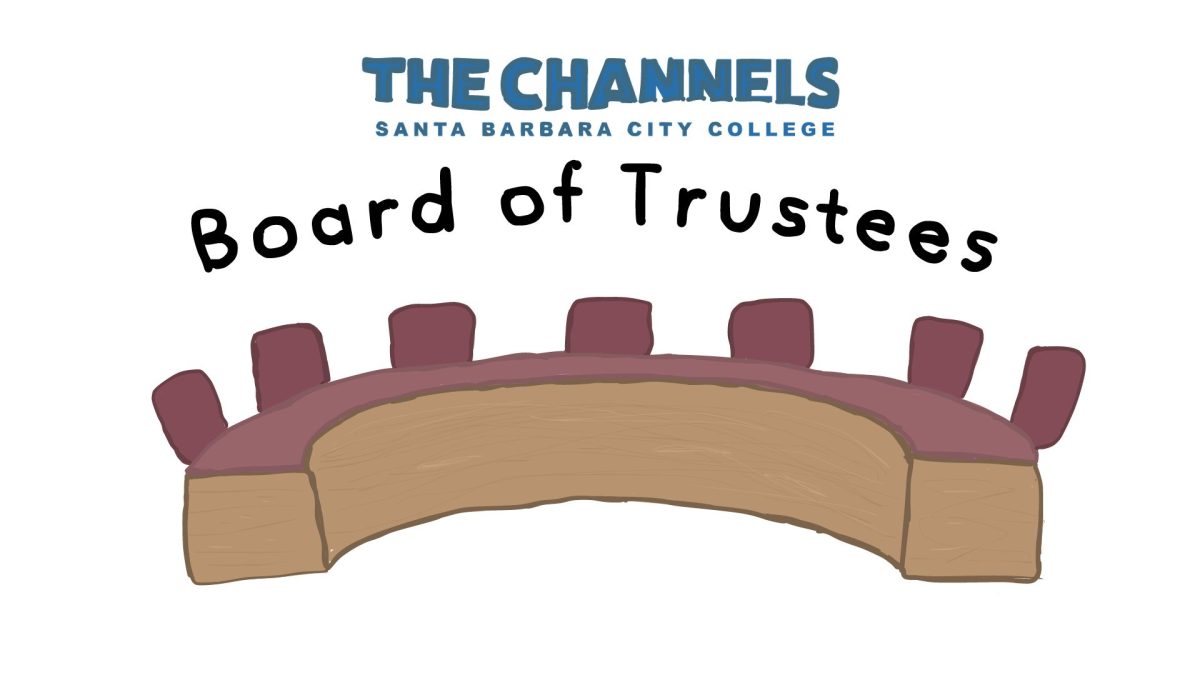While instructors and publishers are locked in a controversy over adopting new books, increasing textbook prices are driving students against a wall as the end of the semester and book buy-back draws near.
“I believe publishers are profit-making entities and their intention is not philanthropy,” said John Romo, president of City College. “There is gouging going on.”
But Adam Gaber, director of public relations at the publishing house Thomson Learning, said the high cost of textbooks was justified.
“The creating of college textbooks requires major investment, in most cases exceeding $1 million per textbook before even one book is printed,” he said.
Textbooks, in the great majority of cases, are sold to a very small audience, as few as a couple of thousand students, he added.
Students enrolling for the Spring semester are facing the challenge of buying up to $400 worth of textbooks for roughly 12 units. Bookstore manager John Lorelli cited a National Association of College Stores price survey of 100 common titles, which showed a 100 percent or more increase in textbook prices in the last 10 years.
Lorelli said publishers keep their profit up by keeping prices up and introducing new editions every two to three years.
Gaber said that professors in many disciplines do not consider adopting textbooks that are older than three years. “Consequently, publishers must maintain the 3-year cycle to gain new adoptions and remain competitive in the marketplace.”
But Dr. Mike Young, professor of physics, disagreed.
“A new edition every decade would be about right,” said Young. “I wish I could continue to use the older editions, but the publishers stop selling the older edition and therefore, I am forced to go to the new edition.”
Dean Nevins, assistant professor of Computer Science, said he changes textbooks only when there is a substantive change in the technology. But instructors cannot do much when new editions are introduced and copies of older editions are destroyed.
“A new edition stops the sale of used books – this is how the publishers make money,” said Young. “Science textbooks are expensive, but the problem is not with the faculty or the Bookstore.”
Faculty members at least get a choice in selecting books when publishers send them textbooks, said Lorelli.
“Before a book gets a cover, publishers will seek out professors to serve as editors/reviewers for new text drafts,” said Peter Rojas, math professor. “Most of the time, a small stipend is offered for our efforts.”
Publishers also send sales representatives to the college to promote the so-called “free packages” with CDs and Internet access codes, which are a big problem for students.
“Those freebies are anything but free,” Lorelli said. “They change the contents of the package almost every semester. A book can have no monetary value in three-and-a-half months.”
Lorelli said he cannot buy back a package with missing components or lost or used access codes since it isn’t in exactly the same condition as it was when purchased.
The publishers’ rationale for the freebies is that today’s students and instructors demand dynamic, visual learning tools. Publishers would fail to meet the needs of customers if they do not offer additional material, Gaber said.
Music instructor Josephine Brummel said the cost of the newest edition of the piano book, which contains only a few new exercises and changed page numbers, has gone up by $10 because it has a CD inside.
Textbook prices hiked high at year’s end
Mangai Pitchai, Staff Writer
December 18, 2003
Story continues below advertisement
More to Discover







